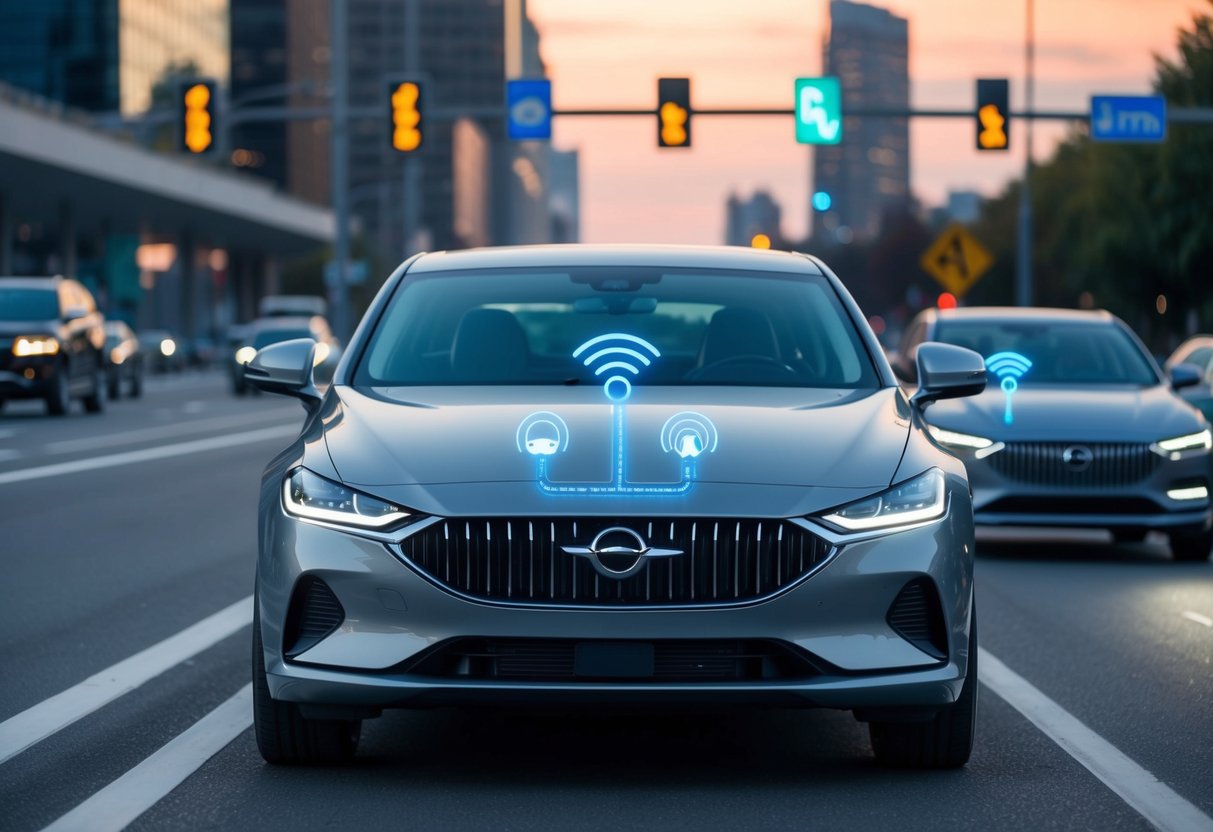
V2X Communication Technologies
Vehicle-to-Everything (V2X) technologies empower vehicles to communicate with external systems and enhance smart driving experiences. Advancements in communication technologies bridge vehicles with their surroundings for improved safety and efficiency.
From V2N to V2X Projects
Vehicle-to-Network (V2N) lays the groundwork for comprehensive V2X systems. V2N communication allows vehicles to communicate with mobile networks, providing real-time data about traffic conditions, weather, and remote diagnostics. V2X projects expand upon this connectivity by including Vehicle-to-Vehicle (V2V), Vehicle-to-Infrastructure (V2I), and more, enhancing road safety by sharing vital information only with relevant endpoints. These projects are pivotal in developing intelligent transport systems capable of reducing congestion and accidents, ultimately paving the way for autonomous driving solutions.
The Rise of Edge Computing in V2X
Edge computing is rapidly becoming integral to the advancement of V2X technologies. By processing data closer to vehicles rather than relying solely on centralized cloud servers, edge computing reduces latency significantly. This enables faster decision-making processes essential for real-time applications like collision avoidance and traffic management. Moreover, it enhances data privacy and security by limiting the amount of sensitive information sent to central servers. Incorporating edge computing into V2X infrastructures thus supports the rapid growth and reliability of smart driving applications.
Challenges and Future Perspectives
Vehicle-to-Everything (V2X) technology is at the forefront of innovation in smart driving, offering transformative potential in safety and traffic management. Key challenges like system architecture barriers and the integration within smart cities and global transportation define its future trajectory.
Overcoming V2X System Architecture Barriers
V2X system architecture presents significant barriers related to interoperability, latency, and security. The current diversity of communication standards across different regions adds to the complexity, creating challenges in achieving seamless connectivity between vehicles and infrastructure. To tackle these issues, collaboration among industry stakeholders is crucial, aiming to establish standardized protocols.
Security concerns persist, requiring robust encryption and authentication mechanisms to protect data integrity and user privacy. Addressing latency issues is essential in real-time applications, where immediate data exchange can prevent accidents. The resolution of these barriers can facilitate a more cohesive and efficient V2X network, enhancing both functionality and user trust.
V2X in Smart Cities and Global Transportation
The integration of V2X technology in smart cities offers promising advancements in urban mobility. By enabling real-time communication between vehicles and city infrastructures, traffic flow can be optimized, reducing congestion and emissions. Smart cities can leverage V2X data for better traffic management and public transportation planning.
In the global transportation sector, V2X forms a cornerstone of modern logistics, enhancing safety and efficiency on highways. However, widespread adoption requires significant investment in infrastructure and technological upgrades. Policymakers and industry leaders need to work together to address these needs, fostering a conducive environment for V2X deployment on a global scale.



